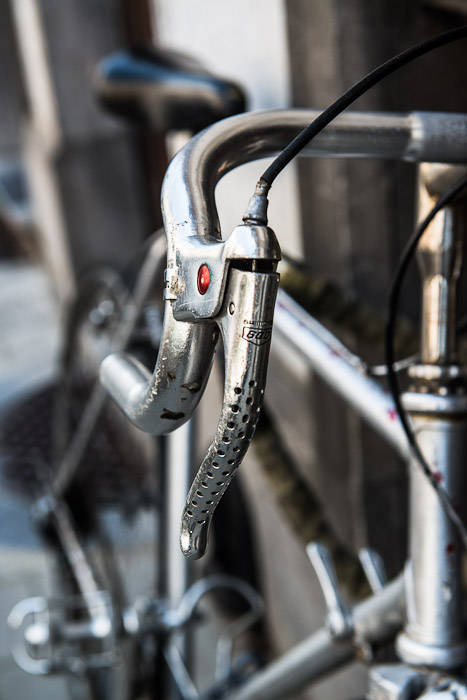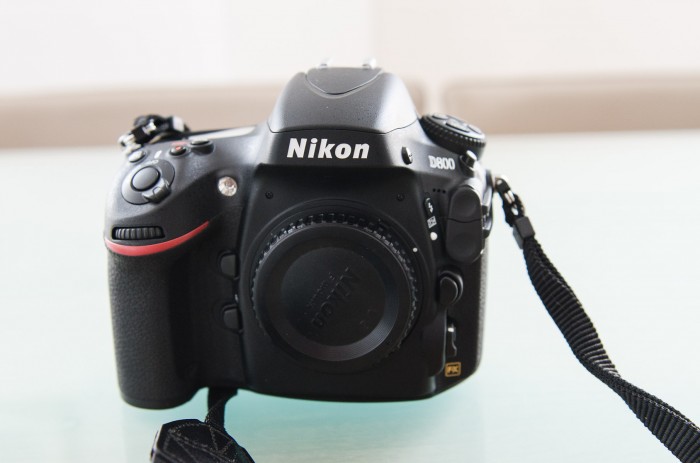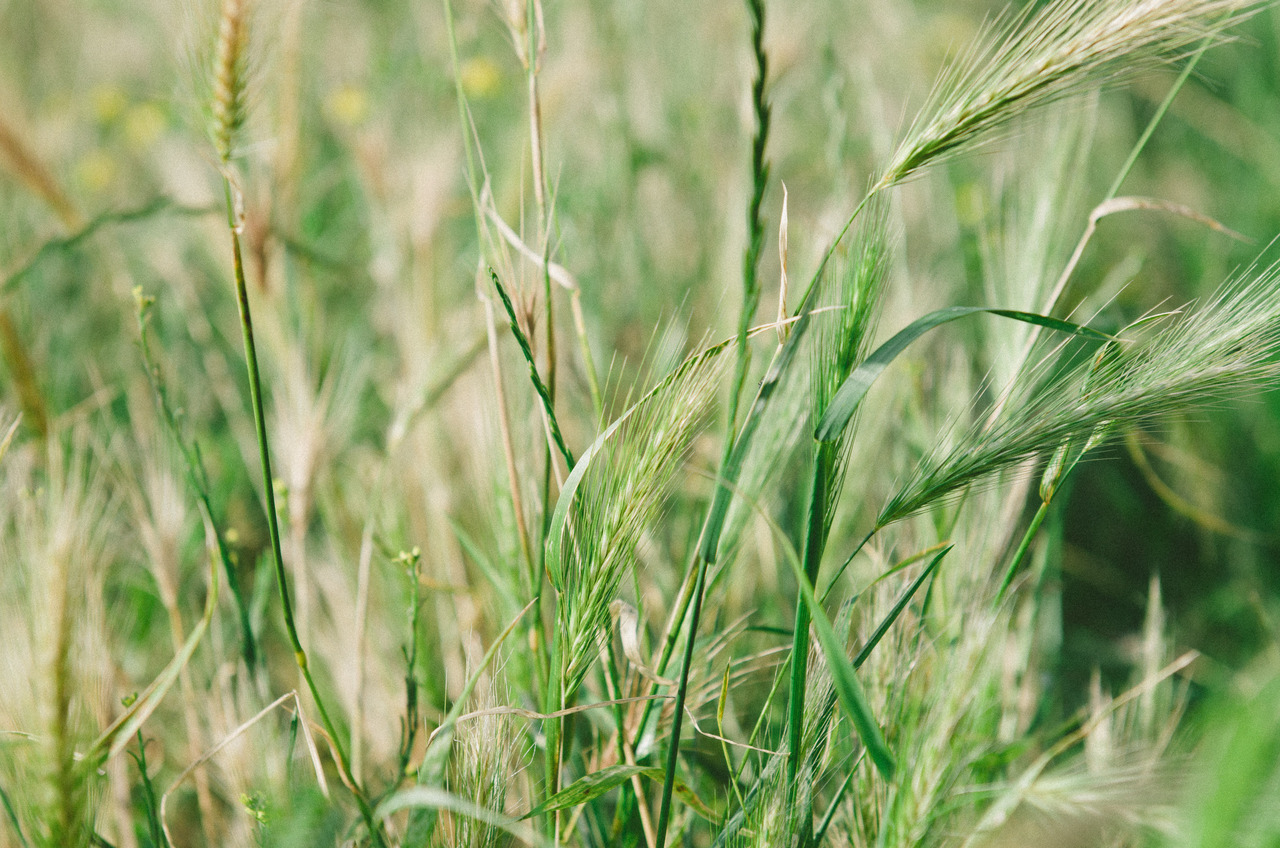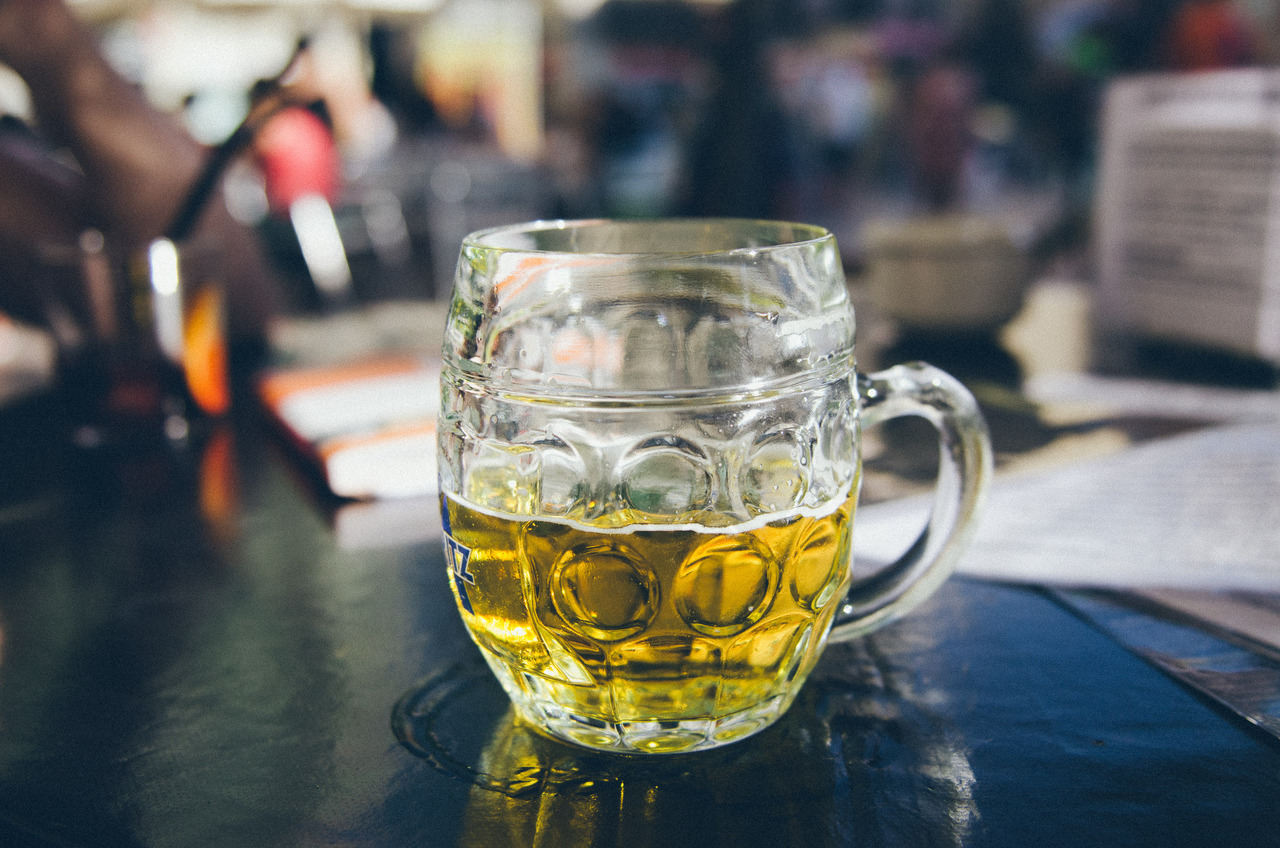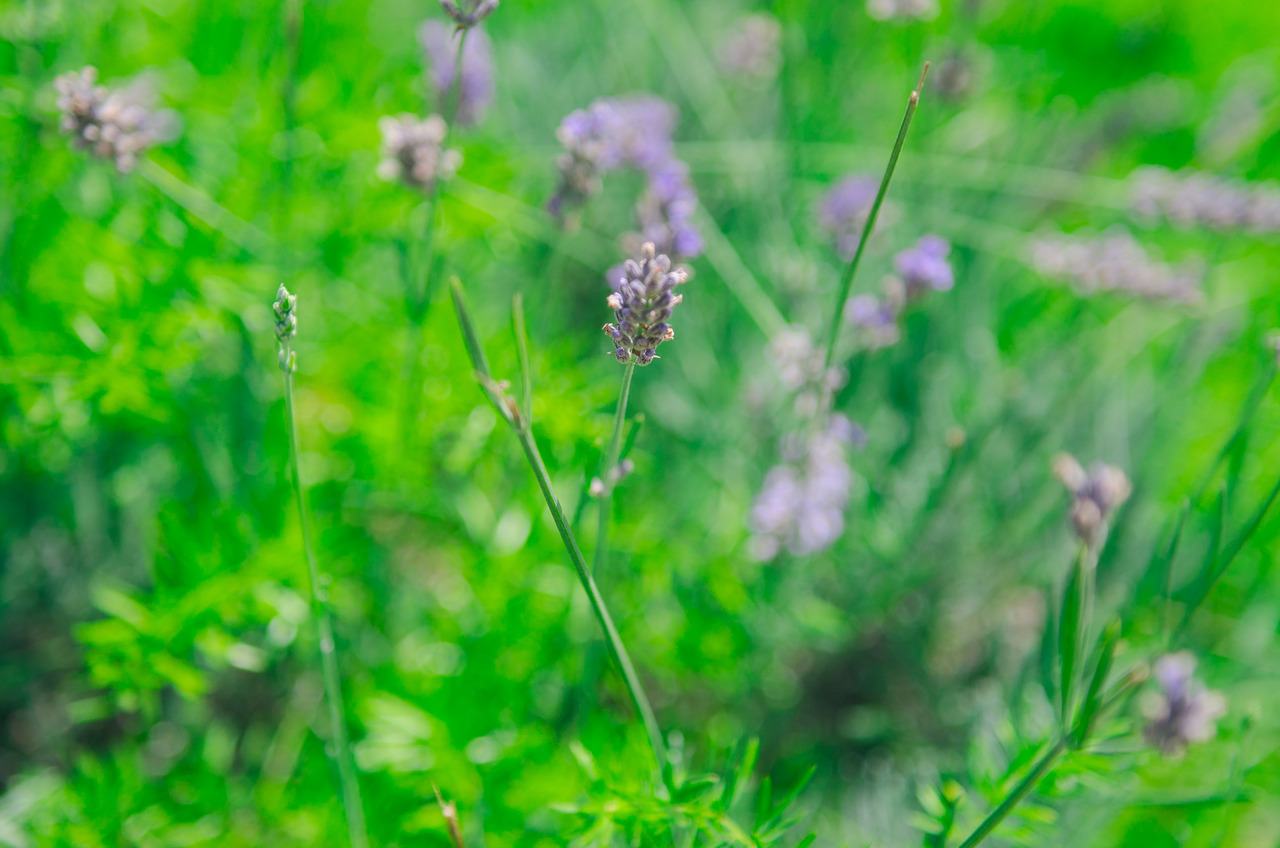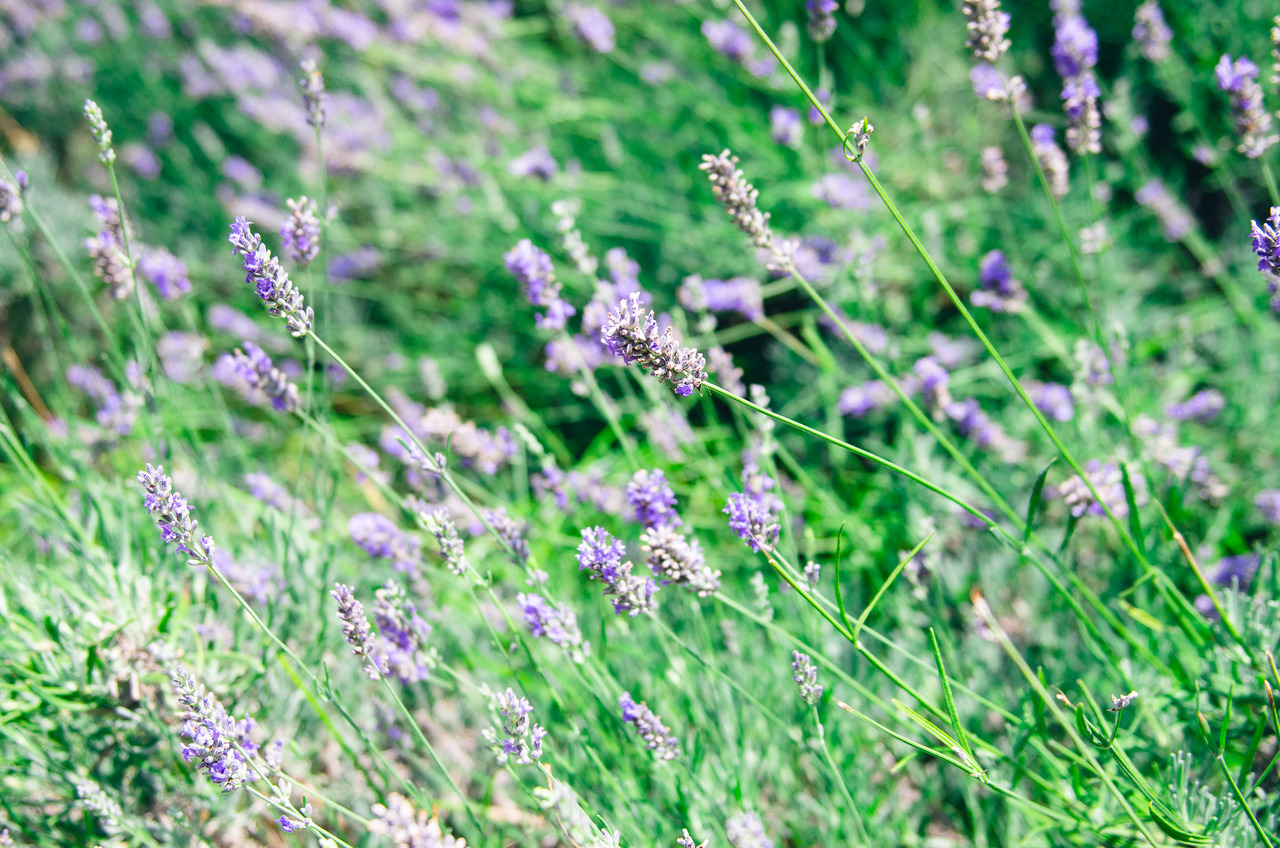Nikon D800 impressions
Thursday, July 26th, 2012 at 17:42
Nikon announced 2 new pro cameras at the same time in March: the D800 and D4. I rented the Nikon D800 for a day to get an idea of it’s capabilities. One day is brief but I think I still got a good impression of what it’s like to shoot with this camera.
The D800 is a full frame camera. In terms of size it’s very similar to my D7000 and D70. It’s the D4 that’s “bigger” by default.
In terms of price it’s around €2,899 euros (the D4 is about €5900). That makes it pretty expensive.
For storage it has an SDHC slot and a CompactFlash slot (the D7000 has 2 SDHC slots which I liked better).
It doesn’t have a USB port so it’s best to get an external reader for your cards. If you have a Macbook or iMac you can just pop in the SD card on the side of your machine. You’ll likely want a second card for overflow/backup so you’re going to need a card reader anyway.
Some images are linked to Flickr so you can check out the images in full resolution. Be warned though, they’re pretty heavy. The bike one weights in at 17Mb. All of the pictures are slightly edited in Lightroom 4.
I was surprised that I didn’t find an ethernet port on the D800 (there is one on the D4). It looks to me that the insane resolution is perfect for product shoots, where you’ll probably be in a studio so you can immediately evaluate the results on a big screen.
There are the WT-4 and the new WT-5 wireless transmitters though, I don’t have any experience with these yet. I wonder if that’s speedy enough.
The biggest advantage to this camera is the resolution increase: most DSLRs shoot 12 or 16 MP files. The D800 shoots 36MP. Now, people will tell you that megapixels don’t matter, and that’s true to some extent. Most of the times your pictures aren’t going to be shown on billboard size. But what does matter to every photographer is what remains of a picture after a tight crop. This kind of resolution enables you to crop an image exactly the way you want it and be left with enough resolution.
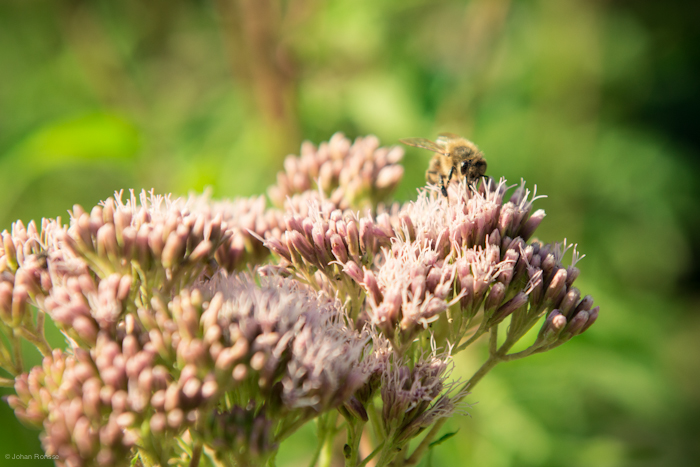
Bee – who needs macro gear if you can just crop? (View original)
The biggest advantage is also it’s biggest disadvantage – the camera’s RAW files brought my 2009 iMac to a halt on several occasions. A fast computer is definitely recommended, and by fast I mean SSD equipped with a newer Intel I7 processor and 16+ Gb of RAM. I could edit my pictures in Lightroom on this “older” computer (w/ 8Gb of RAM nonetheless) but it wasn’t fast and there was a lot of waiting involved. Bringing pictures into Photoshop for heavy editing is generally even heavier so I didn’t even try that.
With Apple not caring so much about the pro segment of the market, one can start wondering whether a well equipped PC isn’t better for a photo editing setup than a Mac. You spent 90% of your time in e-mail, Photoshop, Lightroom so it’s not like you have to deal with the OS all that much. You can get 32Gb of RAM cheaply. You can drop in SSDs at normal prices instead of Apple markup prices. I’ve got a lot to say on this subject but that’s for another time!
Back to the D800. I think a lot of architecture and nature photographers are going to love this camera. The kind of detail it captures is crazy. Look at this picture. Do you see the clock in the distance?
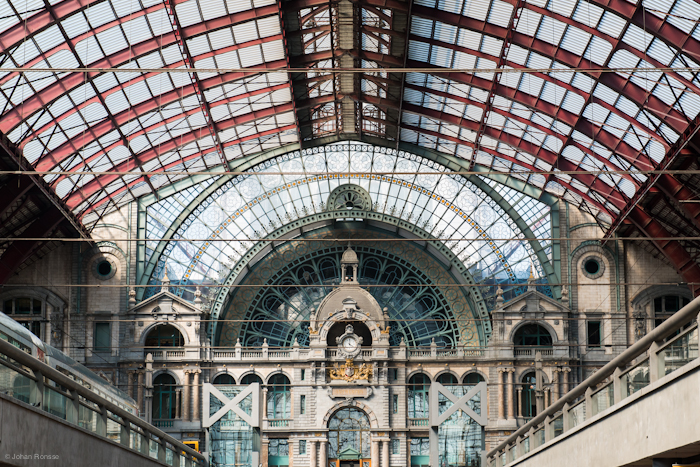
2. Central Station in Antwerp
Here’s that very same clock again:
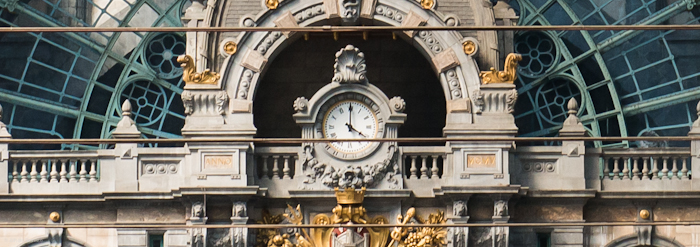
The quality obviously degrades a bit if you start zooming in but this level of detail at this price is unseen in digital SLRs. To really get a good look you should visit this Flickr page and click on “original”.
In terms of handling the camera, the controls layout changed a bit. Compared to the D7000 you can change modes and ISO without looking away from the camera more easily. I don’t think it’s a worse layout, but if I ever buy a D800 it will take some time getting used to.
The autofocus is good, the 51 point system is a step up from the 39 point system. It works great for stills when you have the time to compose.
I couldn’t reliably track subjects in motion and take a good picture of them using autofocus. My subjects were diving penguins and seals in semi-darkness so that might have had something do with it.
Focussing seems to work better on faces than on anything else, that’s the software in action I guess.
You can set the camera to ISO 1600 and see virtually no noise, that’s not really new but it’s still good. Higher ISOs start to introduce more and more noise. I didn’t really test this too much.
I shot some portraits to test the camera. This one was shot with an SB-700 flash attached. The focus was dead on and I only had to take 1 shot.
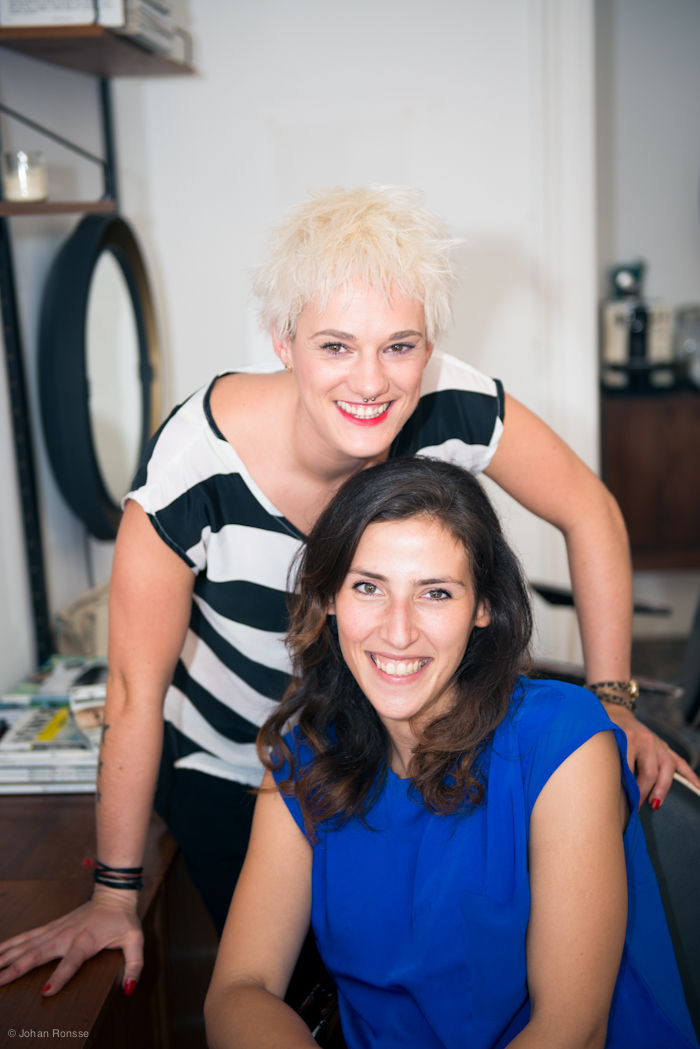
SnipSnip
I’m curious to what Nikon is up next. The D800 is amazing and I probably won’t stop thinking about it over the next few weeks.
However, I’m also not entirely convinced I should get this camera at this point in my fresh photography career. Interesting subjects, composition and mostly getting good light are way more important than whatever body you are rocking. If I have an important shoot I’ll probably rent it though.
I’ll hopefully be looking into the D700 next week.
Over and out!
